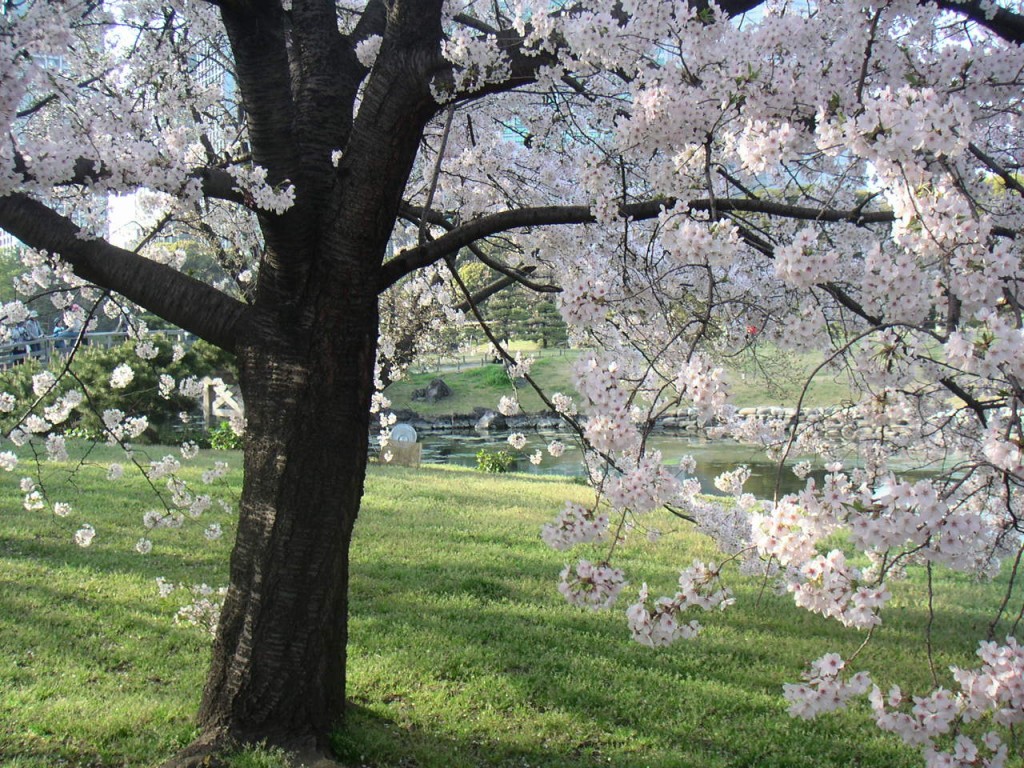Tokyo Metropolis is located in the southern Kanto region, positioned in approximately the center of the Japanese archipelago. It is bordered to the east by the Edogawa River and Chiba Prefecture, to the west by mountains and Yamanashi Prefecture, to the south by the Tamagawa River and Kanagawa Prefecture, and to the north by Saitama Prefecture.
The Tokyo Megalopolis Region, or Greater Tokyo Area, is made up of Tokyo and the three neighboring prefectures of Saitama, Kanagawa and Chiba. This area is home to around 26% of Japan's total population. The National Capital Region is made up of Tokyo and the seven surrounding prefectures of Saitama, Kanagawa, Chiba, Gunma, Tochigi, Ibaraki and Yamanashi.
Tokyo Metropolis is a metropolitan prefecture comprising smaller administrative bodies, special wards and municipalities. The "central" area is divided into 23 special wards (ku in Japanese), and the western Tama area is made up of 26 cities (shi), 3 towns (cho) and 1 village (son). The 23 special-ward area and the Tama area together form a long, narrow stretch of land, running about 90 kilometers east to west and 25 kilometers north and south. The Izu Islands and the Ogasawara Islands, two island groups in the Pacific Ocean, are also administratively part of Tokyo, despite being geographically separated from the metropolis. The islands have between them 2 cho and 7 son.
The overall population of Tokyo is about 12.54 million (as of September 1, 2005), and the area is about 2,187 square kilometers. The climate is generally mild.
The 23 Special-ward AreaThe total area covers about 621 square kilometers. The population has been showing an upward trend, with 8.45 million residents - a population density of about 13,603 persons per square kilometer - as of September 1, 2005.
Commercial and business facilities are heavily concentrated in the 23 special-ward area. This part of Tokyo has a substantial transportation network, which makes for convenient transit and shopping within the area. But there are many challenges that must be addressed: An increase in offices and other business facilities has led to a decline in its functionality as a place to reside. Spaces to ensure comfortable residence are disappearing as a consequence of less waterfront areas and greenery. Great concerns exist about earthquake disasters in areas with heavy concentration of wooden housing. Delays are seen in development of urban infrastructure such as roads in wards on the periphery of the 23 special- ward area.
The Tama Area
The Tama Area covers about 1,160 square kilometers. Its population, like that of the ward area, has been showing a slight increase, reaching 4.06 million - a population density of about 3,501 persons per square kilometer - as of September 1, 2005.
This area is urbanized as it is adjacent to the ward area, and also full of good natural environment such as waterfront areas and greenery. Moreover, strong industrial capability and rich human resources made available through the concentration of universities, high-tech industries and research institutes, make this area a region with high potential for an array of developments. The Tama area is taking on an increasingly important position within not only Tokyo Metropolis, but the entire Tokyo Megalopolis Region as well. At the same time, however, it faces issues such as delayed development of urban infrastructure including roads and railways, and reduction of the natural environment as a result of developments.
The Islands
The Islands have a total area of about 406 square kilometers. The island population is continuing to fall and currently stands at 26,000 (as of September 1, 2005), with a population density of 65 persons per square kilometer.
This area possesses a rich natural environment abundant with marine resources. However, the islands are small, geographically isolated, financially weak, and are faced with the important task of improving living conditions through development of the marine and air transportation network and medical care. There is a shortage of future labor to carry on with the agriculture and fisheries industries, which support the island economies, as young people leave the islands and aging of the population advances. Tourism also remains sluggish due to the continuing transportation problems and the changing demands of tourism.
Information Geography of Tokyo : Tokyo Metropolitan Government











